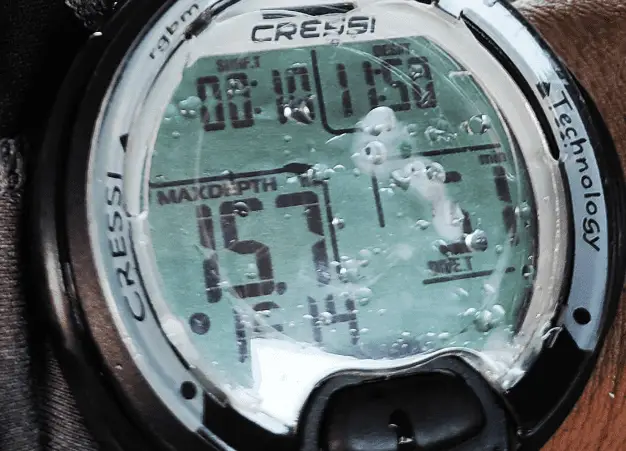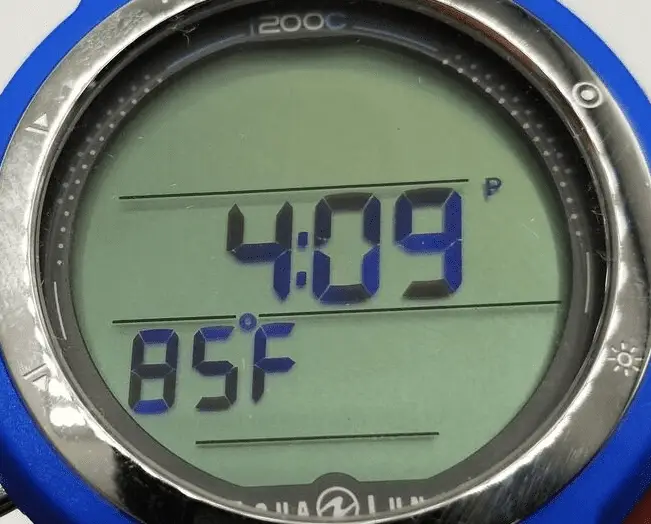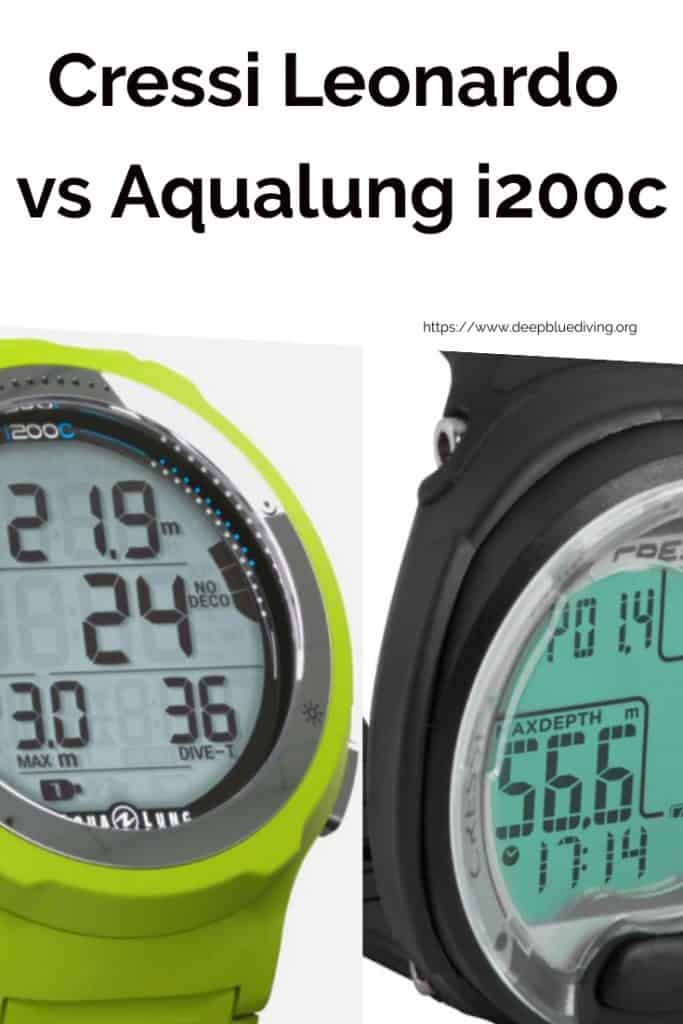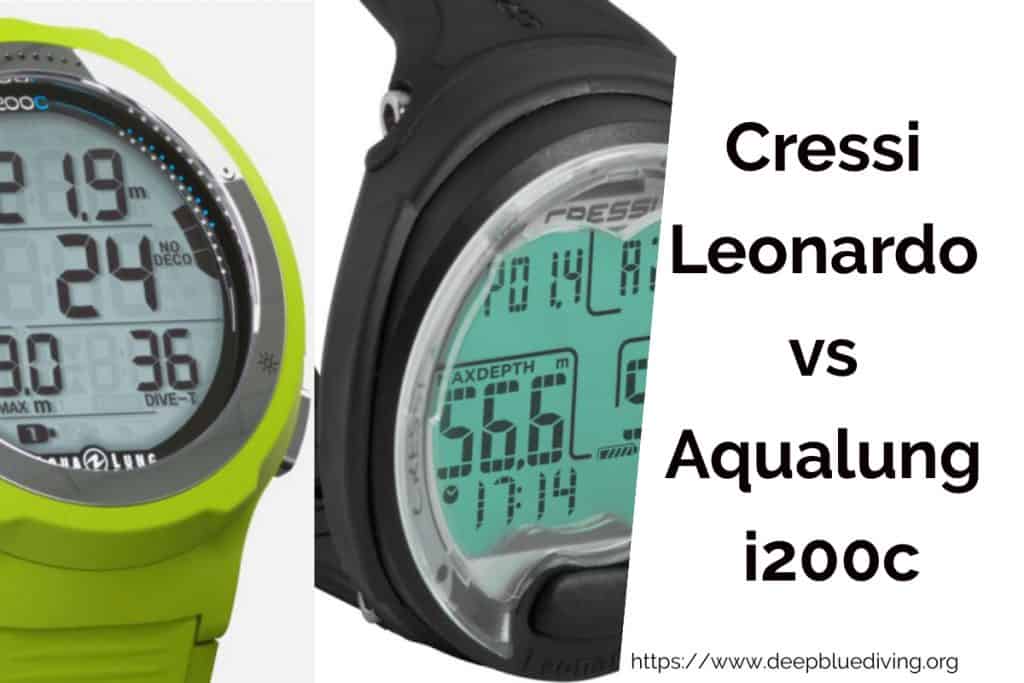Cressi Leonardo vs Aqualung i200c Dive Computers – Review and Comparison
When it comes to dive computers, a few big names always come up: Cressi and Aqualung. Both of these companies make great dive computers, and today we’re going to compare two specific models from each company: the Cressi Leonardo vs the Aqualung i200c.
Dive computers are becoming a more and more common piece of dive gear. Two popular models are the Cressi Leonardo and Aqualung i200C. Both are wrist-mounted, but there are some key differences. The Leonardo is a simpler model that is less expensive, while the i200C has many more features.
The Leonardo is a good choice for recreational divers who want a basic computer without all the bells and whistles.
We compared two extremely popular and well-rated dive computers: the Cressi Leonardo and the Aqualung i200c. Dive computers are used by scuba divers as a way to calculate their decompression time and avoid decompression sickness.
The Cressi Leonardo and the Aqualung i200c dive computers are both popular models, and we’re going to compare their features, performance, price, and more.
Cressi Leonardo vs Aqualung i200c Comparison
Both dive computers are entry-level models that are ideal for beginners and recreational divers. They are affordable and reliable dive computers.
The Leonardo is the older model that you typically will get at a slightly lower price compared to the i200C. Both handle air and Nitrox as well as freedive and gauge modes.
The navigation is quite different as the Leonardo comes with a single button while the Aqualung i200c has four. At first glance, you might think that a single button is easier to manage, but that is not entirely true. If you have one button and need to navigate through the menu structure, then it can take quite a while as you can’t go back and forth. Multiple buttons allow skipping back and forth, making the navigation usually faster and easier.
The Cressi Leonardo and Aqualung i200c are both dive computers that are designed to help you dive safely. They both have a number of features in common, but there are also some key differences.
One of the most important things to consider when choosing a dive computer is the type of gas you will be using. The Leonardo is designed for use with air or Nitrox. The i200c can also be used with air and Nitrox.
The Leonardo has a maximum operating depth of 330 feet, while the i200c can go down to 390 feet. The Leonardo also has a battery life of up to 50 hours, while the i200c’s battery life is around 300 hours.
When you compare both models, you will find mostly positive feedback on both of them. The biggest issue that divers report with the Leonardo is the relatively weak backlight. There’s not really a single biggest complaint about the i200C to be found, though.
Cressi Leonardo Dive Computer
The Cressi Leonardo is a great dive computer for beginner and intermediate divers. It is very user-friendly with its large display and simple menu. The menu navigation is handled through a single button on the front of the dive computer.

The Leonardo can also be customized to your preferences, including air, Nitrox, and Gauge modes. The dive computer tracks your dive profile and provides you with pertinent information such as depth, time, and air consumption.
The Leonardo is a great choice for beginner and intermediate divers because it’s very easy to use. It has only four buttons, which makes it super simple to navigate.
One thing we love about the Leonardo is the reset capability. It makes it a perfect companion for dive rental shops as the memory can be reset after each dive.
In-Depth Cressi Leonardo Dive Computer Review – Buying Advice
Cressi Leonardo vs Donatello Entry-Level Dive Computer Comparison
Cressi Leonardo vs. Suunto Zoop Novo
Aqualung i200c Dive Computer
The Aqualung i200c is also a great dive computer. The Aqualung i200c dive computer is also a user-friendly, budget-friendly dive computer, but it’s geared more towards experienced divers. So, is this dive computer right for you?

The Aqualung i200c dive computer is also a great option for beginner and intermediate divers. It is very user-friendly with its large display and simple menu. The four buttons are positioned around the bezel for easy access and use.
The Aqualung dive computer can also be customized to your preferences, including air, Nitrox, and Gauge modes. The dive computer tracks your dive profile and provides you with pertinent information.
The i200c is a good choice for more experienced divers because it has many more features than the Leonardo. A great improvement over the Cressi model, in our opinion, is that the i200C has Bluetooth connectivity. This makes it much easier to connect the dive computer to your PC to download and evaluate your dive data!
The Aqualung i200C has a similar full reset feature that the Leonardo offers. It makes it a great option for dive rental shops. The dive history can be erased after each rental, so it won’t provide any conflicting messages and warnings for the next diver.
Side-by-Side Comparison of the Aqualung i200C vs Cressi Leonardo
| Cressi Leonardo | Aqualung i200c | |
|---|---|---|
| Navigation | Single Button | Four Buttons |
| Modes | Air, Nitrox, Gauge | Air/Nitrox, Free, Gauge |
| FO2 Adjustment Range | 21% – 50% | 21% – 100% |
| PO2 Adjustment Range | 1.2 – 1.6 | 1.1 – 1.6 |
| Algorithm | Cressi RGBM Modified Haldne and Wienke | Bühlmann ZHL-16C based |
| Conservative Adjustments | 3 | 3 |
| Visual and Auditory Alarms | Yes | Yes |
| Ascent Alarm | Permanent | On/Off |
| Deep Stop | On/Off | On/Off |
| Log Book | 60 dives/75 hours | up to 24 dives |
| Sampling Rate | 20 seconds | 2, 15, 30 or 60 seconds |
| Battery | User-Changeable CR2430 | User-Changeable CR2430 |
| Est. Battery Life | 2 years | 300 hours |
| Total Reset | Yes | Yes |
| PC/Mac connectivity | Optional USB interface | Bluetooth Connectivity |
Final Thoughts on Comparing the Cressi Leonardo and the Aqualung i200c
In conclusion, the Cressi Leonardo and Aqualung i200C dive computers are great options for beginners and experienced divers alike.
The Leonardo is slightly more affordable, while the i200C offers more features. Both dive computers are lightweight and easy to use and provide accurate and reliable information about your dive.
Ultimately, deciding which dive computer to buy comes down to personal preference and budget.


